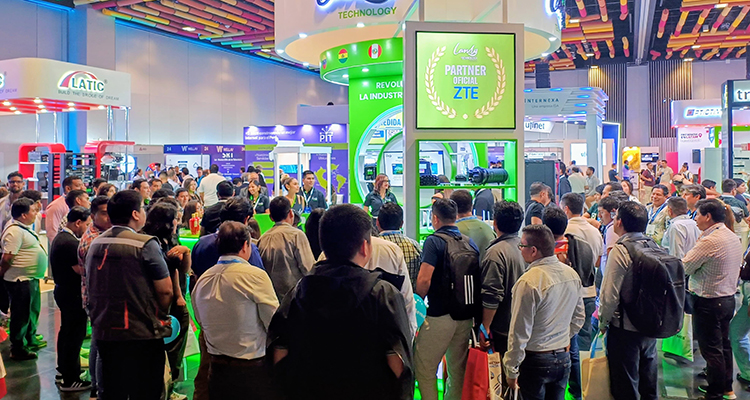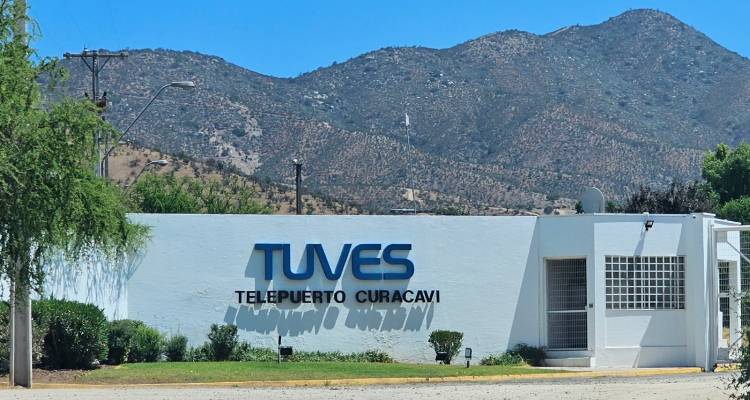From Florian Schaubschlaeger, Sr, Director of Product Management at Verimatrix
As technology advances and the broadcast network market evolves, adapting is essential. Along with evolving technology comes the need to protect revenue and content rights. Content owners are imposing more stringent security standards for premium and UHD content, and broadcast operators are looking for ways to meet these stringent requirements while keeping set-top boxes (STBs) in service for as long as possible.
With cardless security backed by a modern platform, they can. “Cap & growth” is the reasonable strategic first step on the path to two-way services and maintaining a competitive edge in the connected future.
Deploy Advanced Set-Top Boxes without Disrupting Current Operations
Simulcrypting allows operators to adapt to the evolving market at their own pace while minimizing operational and technical efforts. You can think of Simulcrypt as entering the water gradually and strategically, allowing your network to adjust to the new temperature slowly rather than jumping in all at once and shocking the system. Moving toward two-way interactivity with advanced STB security also means that operators benefit from the advantages of state-of-the-art technology that only the latest content protection systems can provide. Ultimately, this also mitigates risk by ensuring that a breach of the incumbent legacy security solution would not shut down the entire system.
Today’s cardless conditional access (CA) solutions maintain broadcast standards and security compliance while enabling newer features and use cases. Operators can continue to deliver and support traditional broadcast services with confidence while adapting to market changes.
For example, these modern security technologies support in-band addressing and client call-back capabilities, which enable operators to offer new subscription models that can help gain a competitive edge.
Reduce Costs Related to Distributing Smartcards
Although cardless security has become the industry standard, there are still many operators who bear the burden of smart card logistics. Today, smart card-based systems are known to reveal an increased attack surface and come at a much higher cost – not only for the smart card hardware, but also for the integration in the set-top box. These systems also cause significant operational challenges if smart cards have to be replaced.
Without smartcards, updates can be made quickly and inexpensively in advanced STBs without logistical efforts. The broad acceptance and industry standardization of TEE means that cardless updates are more cost-effective to deploy compared with proprietary approaches.
Enhance Performance & Prepare for the Connected Future
The pertinent broadcast standards such as DVB provide all the necessary methods to allow for effective cap & grow strategies in modern digital broadcast networks. Advanced broadcast security solutions offer flexibility, enhance end user experience, and simplify the migration to hybrid and two-way services.
For example, Verimatrix’s VCAS 5 for DVB offers capabilities like instant set-top box key and entitlement downloads, which means that subscribers have a connected always-on experience – and no black screens. This is especially important with new set-top set up or after a period of inactivity from the set-top. VCAS 5 also offers highly efficient key distribution to optimize bandwidth utilization and speed boot-up times.
Challenges of Simulcrypting
Legacy one-way broadcast operators have undoubtedly invested in long-term hardware and infrastructure. For many operators, the expenses of migrating to a new security platform may seem daunting. However, working with a strategic security partner with a process to guide operators through a migration can help mitigate these costs, as well as position them to take advantage of next-generation connected video services.
Dispelling Myths About Broadcast Security
Perhaps the biggest challenge broadcast operators must overcome is the heavy weight of myths and misconceptions surrounding modern broadcast security. To better understand security options, it is important to become more familiar with the migration process and the myths associated with it. By separating fact from fiction and pulling the curtain on misconceptions that have accumulated over the years, broadcast operators will be in a better position to make the right security choices.
Check the latest ebook, Dispelling 5 Myths About Broadcast Security, empowers broadcast operators with the information they need to overcome obstacles and assumptions standing in the way of their journey to the connected future.




